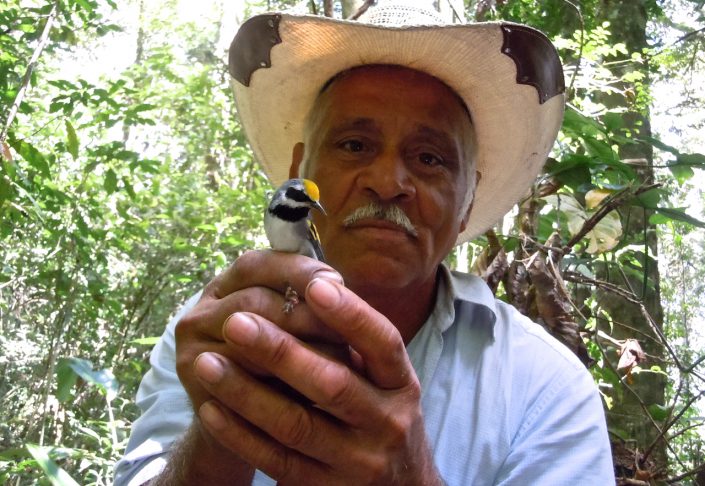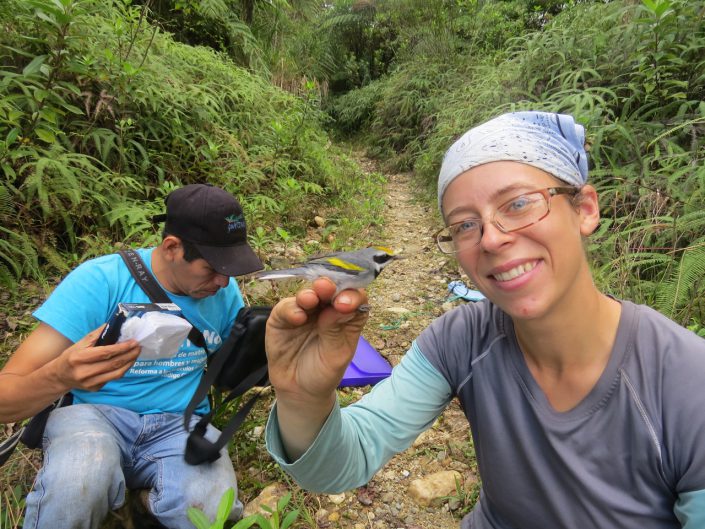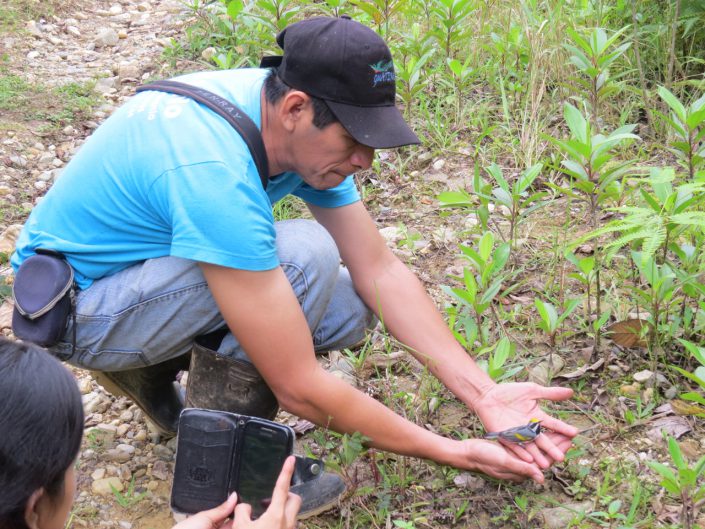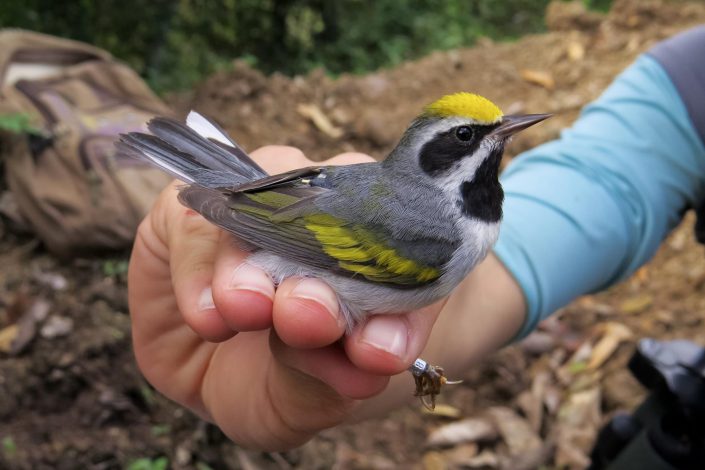Ecotourism and Education in Honduras
Encouraging a Conservation Ethic in Locals and Travelers Alike
by Kelly Triece, Wildlife Biologist
Even though Honduras is no larger than the state of Tennessee, the country is very diverse in landscape and wildlife. In a short period of time, you can travel from the Caribbean and lounge on its white sand beaches and then visit the high-altitude pine forests. You can also see the Honduran emerald, an endemic hummingbird in the arid dessert. The diversity in eco-types and warm climate makes Honduras a great candidate for ecotourism, a growing industry since the 1990’s.
While Honduras is very diverse in climate and landscape, for many years it has been a country based on agriculture. Cattle ranching and growing cash crops, such as coffee and bananas, are common. While subsistence farming is essential to the Honduran way of life, the wide-spread slash and burn method to create agricultural land is destroying many Honduran forests and other landscapes. Since the country is rich in forest, marine and other natural resources, ecotourism can have many benefits on the land and the economy. Ecotourism may have the potential to serve as another way of living for Hondurans.
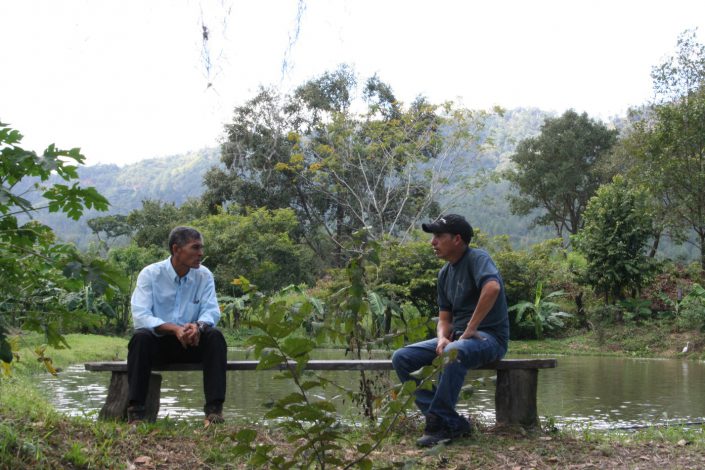
During my stay in Honduras, I had the opportunity to meet many local conservationists eager to make a living off environmental education and ecotourism. We met with one such man, named Isidro on the fourth day of our trip. Upon arrival, we were offered some fresh brewed coffee from his farm and then headed straight through the forest for a tour of his land. Isidro bought the land in the 1990’s and has since been managing the land for bird habitat. Isidro told us he originally bought the land to raise cattle, but eventually decided instead turn the land into a nature preserve for wildlife.
He now resides with his wife and children on the property and dreams to have an environmental education program, where people come to hike, eat fresh local tilapia and view wildlife. At the environmental center, adults and children will have the opportunity to go bird watching, take a hike and learn about the importance of the natural world. He grows citrus, avocados and other fresh fruits, leaving many fruits just for the birds as well as shade grown coffee. This form of ecotourism is a way to bring nature and people together. Once children and others care about the natural world around them, they too will work to preserve it. It also provides a sustainable way of living for those like Isidro and his family.
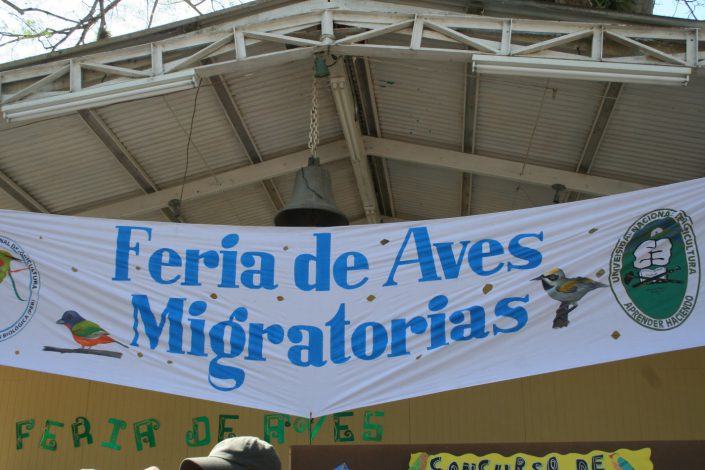
Education about the environment through hands-on experience, as well as formal education, has the potential have a significant impact on local communities. While visiting the Universidad de las Agricultureal (Agriculture University) in Olancho we had the opportunity to take place in the Feria de Aves Migratorias (Migratory Bird Festival). The festival was put on by the Juniata Valley Audubon Society and Ruth Bennett, Ph.D. student at Cornell. The festival was part of a program that educates Honduran families that live very close to national parks. The program teaches children about the national park, local flora and fauna and its overall ecological importance.
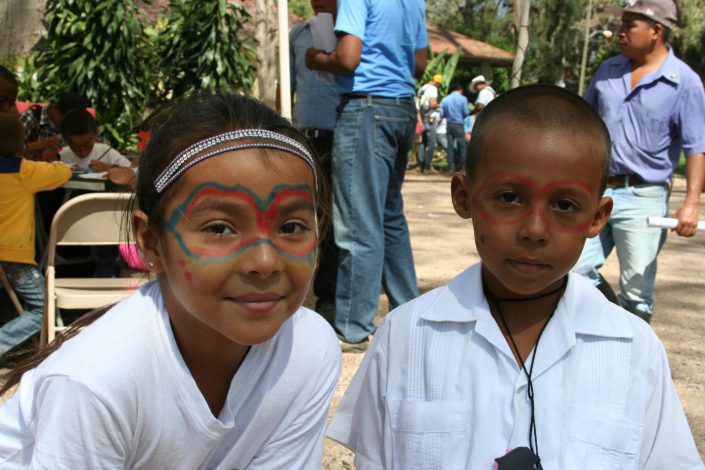
We had the pleasure of attending the festival, where we colored pictures of birds with elementary children and spoke to the college students. Most of college students are majoring in Natural Resources and are eager to learn about becoming a biologist. Students also compete in bird photography contests, present posters and learn about the natural history of migratory songbirds. The festival brings education and awareness to migratory songbirds, especially the Golden-winged Warbler.
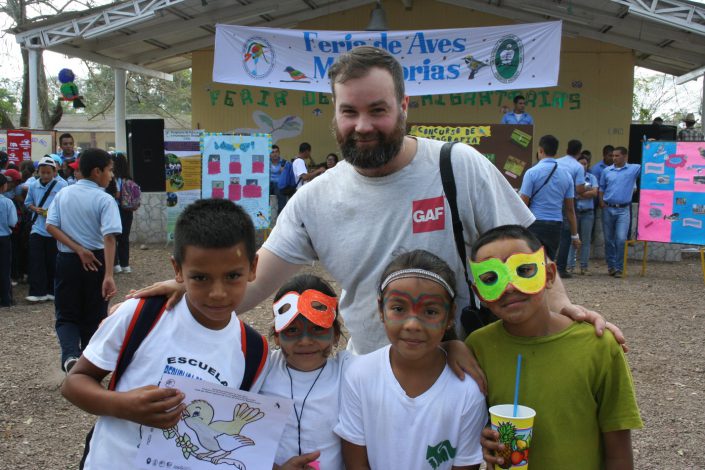
Through education of Hondurans and visitors alike, ecotourism has the potential to serve both the local communities and those visiting the country. Ecotourism should inform tourists about the environment and wildlife they are seeing, as well as help local populations understand the importance and value of their home. Through the combination of education and ecotourism, a sense of stewardship can be fostered by encouraging travelers and locals to be mindful of their natural resources and instill a sense of wonder about the natural world. For those who are educated about wildlife and the natural world, will often work toward preserving it as well.
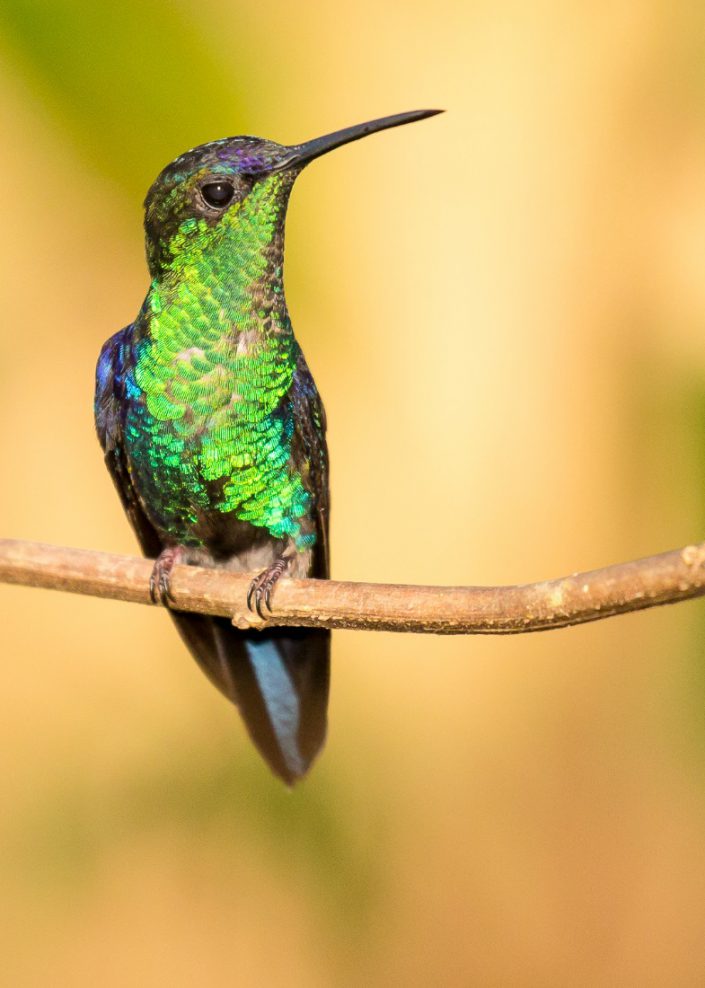
In Honduras, wildlife is all around. Melodious blackbirds, Social flycatchers and Violet-crowned wood nymphs, fly tree to tree in and among the villages and farm fields. When children, such as those at the migratory bird festival, learn the importance of biodiversity, they too will want to protect these amazing animals. Ecotourism not only provides a way to travelers to see exotic wildlife, it also provides a way of living for locals. It is through sustainable ecotourism and education that Honduras can continue to be rich in culture and wildlife.
Learn More:
- Connecting the life cycle of the Golden-winged Warbler
- “Bird Friendly” Brew: Honduran Shade-Grown Coffee
- CWF Headed to Honduras to Study Golden-winged Warbler
Kelly Triece is a Wildlife Biologist for Conserve Wildlife Foundation of New Jersey.
Bonta, M. (2003). Seven Names for the Bellebird (1st ed.). College Station, NJ: Texas A&M University Press.
